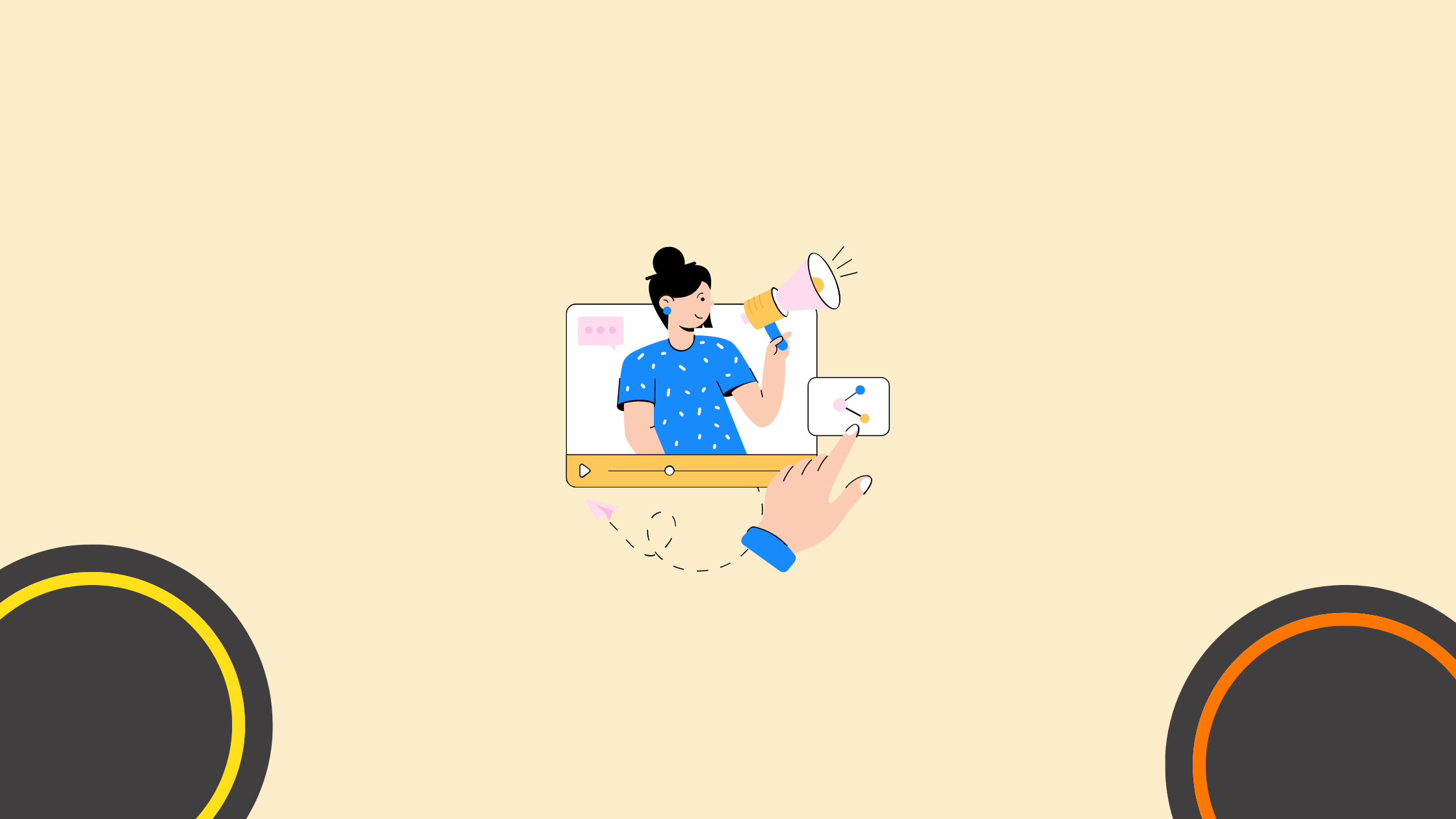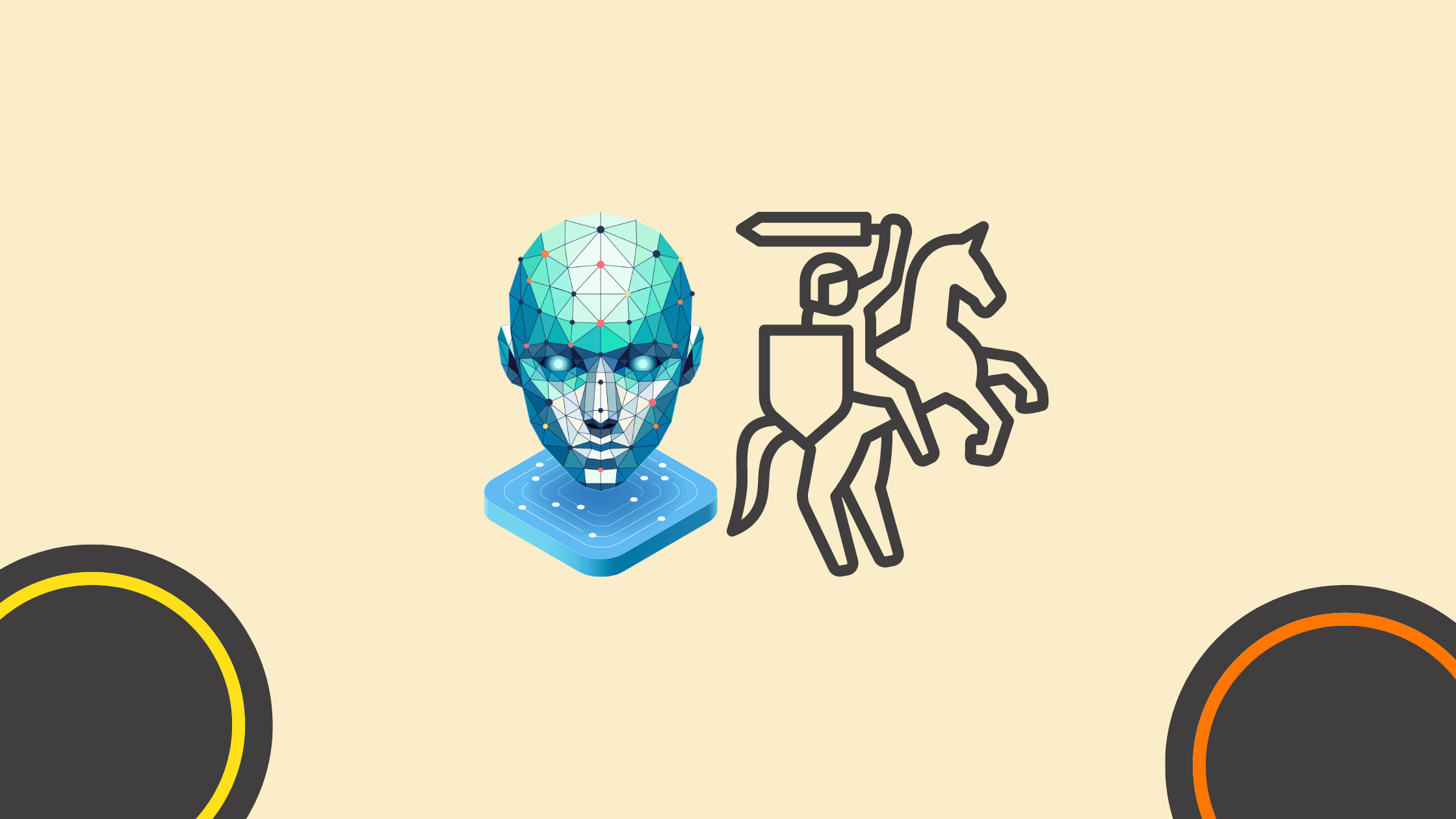Text-to-Video AI as a Tool for Historical Reenactment: Challenges and Opportunities in Digital Humanities
Imagine stepping into a virtual time machine, where the pages of history books come alive before your eyes.
That’s the promise of text-to-video AI in historical reenactment – a technological marvel that’s sending shockwaves through the world of digital humanities.
In 2024, we’re witnessing a revolution in how we experience and interact with the past, and it’s all thanks to the magic of artificial intelligence! From bringing ancient civilizations to life to recreating pivotal moments in world history, this technology is not just a game-changer – it’s a time-changer.
However, like any new and innovative idea, there will be challenges along the way. We face a double-edged sword that cuts through the fabric of traditional historical study, presenting both thrilling opportunities and daunting challenges.
So, let’s dive in and explore this brave new world where algorithms and artifacts collide!
Chapters
- The Rise of Text-to-Video AI in Digital Humanities
- Transforming Historical Reenactment: A Visual Revolution
- Challenges in Implementing Text-to-Video AI for Historical Reenactment
- Opportunities for Enhanced Learning and Research
- The Future of Digital Humanities: AI-Powered Time Travel?
- Effective Approaches for Applying Text-to-Video AI in Historical Studies
- Summing Up
The Rise of Text-to-Video AI in Digital Humanities

Text-to-video AI is revolutionizing how we engage with historical content in the ever-changing field of digital humanities. But what exactly is this wizardry that’s turning words into moving pictures?
Text-to-video AI is a sophisticated system that uses artificial intelligence to transform written descriptions into visual narratives. It’s like having a master filmmaker at your fingertips, ready to bring your historical accounts to life with the click of a button.
This technology analyzes text input, understands context and narrative flow, and then generates corresponding video content, complete with appropriate visuals, movement, and even audio in some cases.
The adoption of this technology in academic and educational settings is skyrocketing. As of 2024, we’re seeing a 40% year-over-year increase in using text-to-video AI tools in university history departments and museums worldwide. It’s not just a fad – it’s becoming an integral part of the digital humanities toolkit!
Key players in this space are pushing the boundaries of what’s possible. Companies like Fliki AI and Piscart AI are leading the charge, offering platforms that cater specifically to historical reenactment.
But here’s the kicker – this technology isn’t just changing how we view history; it’s changing how we interact with it. We’re moving from passive consumption to active exploration, and the implications are enormous!
Transforming Historical Reenactment: A Visual Revolution
Gone are the days when historical reenactment meant donning itchy period costumes and wielding prop swords in a muddy field (though let’s be honest, that still sounds pretty fun). Text-to-video AI is ushering in a new era of digital reenactment that’s more accessible, versatile, and, dare I say, mind-blowing!
Physical constraints and resources limited traditional reenactment methods. Text-to-video AI shatters these limitations.
Want to recreate the signing of the Magna Carta? Or visualize the construction of the Great Wall of China? With AI, these scenarios can be brought to life with stunning detail and accuracy.
Take the “Virtual Pompeii” project, for example. Using text-to-video AI, researchers could recreate the bustling streets of the ancient Roman city moments before the eruption of Vesuvius. Students can now walk through these digital streets, observing daily life and understanding the impact of the disaster in a way that was previously unimaginable.
The impact on student engagement will be off the charts! It’s not just about watching history – it’s about experiencing it.
Challenges in Implementing Text-to-Video AI for Historical Reenactment

AI Text-to-video kicks up a dusty storm of both anxiety and thrill. Like a mustang, it’s powerful – but it requires a careful hand at the reins.
The biggest mountains in our paths are genuine representation and accuracy. It’s like a poker game: how can we be sure the AI’s interpretation of the past is holding true cards, never bluffing?
Misunderstandings can easily become legends in their own right, or we might trim down complicated historical tales until they’re threadbare. There’s a need for a sharp eye to keep the balance from tipping too far towards enticing visuals at the expense of genuine history.
And let’s not forget the technical dust devils thrown up. The text-to-video AI is still learning to run as smooth as a river, which means visual slip-ups or anachronisms may hitch a ride uninvited. They’re quicker than a pickpocket to shatter an immersive experience.
The list of challenges doesn’t end there though.
On the life road of this technological push, ethical boundaries are underlined – especially in how historical figures are portrayed.
Ever thought about how hard it is to portray historical figures accurately, particularly those from marginalized groups, upsetting no apple carts? And when history itself is a battlefield?
It’s a fair bit to chew over. We’ll wrangle these dilemmas with elbow grease as the technology advances.
Opportunities for Enhanced Learning and Research
Despite these challenges, the opportunities presented by text-to-video AI in historical reenactment are truly exciting. We’re standing on the brink of a learning revolution!
One of the most significant benefits is the democratization of historical visualization. Creating high-quality historical reenactments is no longer the exclusive domain of big-budget productions.
Now, individual researchers, small museums, and even students can bring their historical narratives to life.
This technology also opens up new avenues for research. Imagine being able to test historical hypotheses visually, recreating scenarios based on different interpretations of evidence. It’s like having a time machine for academic debate!
The interdisciplinary potential is huge. Archaeologists are using text-to-video AI to visualize ancient sites based on excavation reports. Anthropologists are recreating cultural practices for comparative studies.
The possibilities are as vast as history itself!
The Future of Digital Humanities: AI-Powered Time Travel?
The next half-decade holds the promise of a smooth marriage between text-to-video AI and virtual and augmented reality technologies.
Picture yourself slipping on a VR headset and standing in the thick of the French Revolution, all built from historical records!
Future-thinkers are also predicting advanced AI models capable of crafting not just sights, but full-blown interactive experiences. Witnessing history or being fully immersed in it? The boundary will become more faint.
On a gravely important note, AI will assume an indispensable role in guarding and relishing our cultural heritage.
Faced with trials like climate change and conflict, the digital safeguarding of our history and its practices grows utmost crucial. Anecdote here- a bit like diligently backing up your precious family photos for fear of a computer crash, but on a global scale. How’s that for responsibility?
Effective Approaches for Applying Text-to-Video AI in Historical Studies
In this new frontier, we need to set clear rules for employing text-to-video AI in history. Every script for an AI-led reenactment needs thorough cross-checking and situating.
Let’s keep it clear about what’s based on concrete data and what’s educated guessing. It’s crucial to find the sweet spot between being educational and entertaining. Sure, we’d like history to be thrilling but never at the cost of factuality.
In conclusion, the significance of working together as a team should not be overlooked. Winning applications of this technology will emerge from tightly knit teams of historians, educators, ethicists and tech-savvy folk.
By pooling various viewpoints, we can confirm that we’re applying text-to-video AI in a manner that genuinely aligns with the aims of historical learning and study.
Summing Up
Upon closer examination, the transformation of texts into videos by AI has a profound impact on our perception of history. It’s tweaking our engagement with what’s long gone.
We are at a tech junction. We’re able to change the game by studying and researching history. No doubt, issues stand tall, but so does the possibility of gains.
Hence, set to walk into digital humanities tomorrow? Our bygone days await fresh discovery methods we’ve yet to think of.
Author Bio
With a Ph.D. in Telecommunications Engineering, Dr. Bampalis combines his expertise in engineering with certifications in nutrition and training to approach fitness analytically. Besides being an engineer, his enduring dedication to health and athleticism led him to write “Primitive Health & Beauty.”
In his writing, Dr. Bampalis covers AI advances in technology and fitness motivation, offering intelligent solutions to current issues.
Master the Art of Video Marketing
AI-Powered Tools to Ideate, Optimize, and Amplify!
- Spark Creativity: Unleash the most effective video ideas, scripts, and engaging hooks with our AI Generators.
- Optimize Instantly: Elevate your YouTube presence by optimizing video Titles, Descriptions, and Tags in seconds.
- Amplify Your Reach: Effortlessly craft social media, email, and ad copy to maximize your video’s impact.